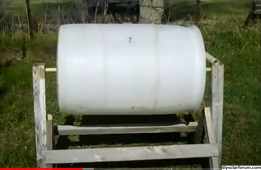ricardocello
Watching and Learning
@Roddzilla started this thread off with very nice efficiency measurements for three different clothing load types.
Which is great if you are budgeting energy and are considering this device.
We would need to compare to separate washer/dryers and do similar clothing loads to answer if it uses less energy.
I know for sure my old el cheapo electric dryer was about 6 kW, and it ran for at least an hour (that's 3 kWh alone assuming 50% duty cycle on the heating element), and usually it ran longer.
Which is great if you are budgeting energy and are considering this device.
We would need to compare to separate washer/dryers and do similar clothing loads to answer if it uses less energy.
I know for sure my old el cheapo electric dryer was about 6 kW, and it ran for at least an hour (that's 3 kWh alone assuming 50% duty cycle on the heating element), and usually it ran longer.




